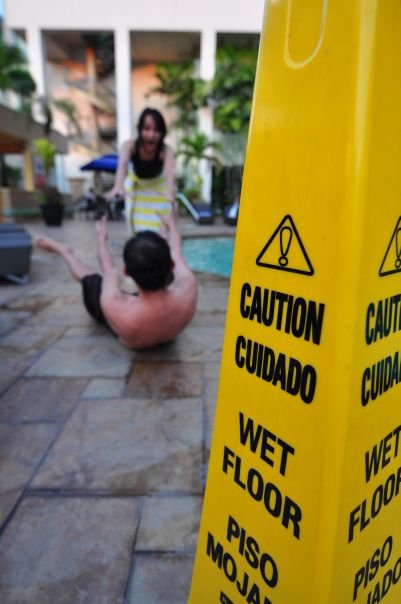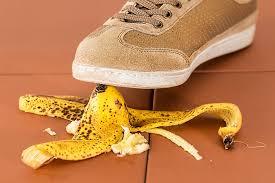Older folks are going to fall.
It's a fact of life, just like the emergence of slick sidewalks in the winter. And catching your shoe on a rug, which you've had for 30 years but somehow appeared out of nowhere.
In fact, more than 1 out of 4 adults over age 65 fall each year, according to the Centers for Disease Control and Prevention, and 20 percent of falls "causes a serious injury such as broken bones or a head injury." In addition, those aged 50-to-60 fall with even greater frequency because they are more active than 65+ seniors, states a recent study in the Journal of Allied Health.
Worse yet, "at least 300,000 older people are hospitalized for hip fractures," annually, and more than "95% of hip fractures are caused by falling, usually by falling sideways," the CDC states.
So since it's going to happen, what can you do about it?
A smart move might be to prepare for this near-inevitability by learning how to fall.
Yup, that's right, do it like a pro, and taking tips from one makes a great deal of sense. The key points to remember are that you should avoid being rigid; protect your head; allow for your butt and muscles to hit first, and to attempt to "roll" out of any fall.
"When people panic, they become rigid," states Alexa Marcigliano, who falls for a living, as quoted in an article published by AARP. "In the stunt world, we never reach out with locked arms. Bend your elbows and have some give in your arms to soften the impact."
 And when it comes to protecting your head, she adds, "Tuck your chin to your chest so your head doesn't hit the ground," when falling backward (as seen in the adjacent picture), and turn your face to the side if you feel yourself falling forward. This appears to be advice worth taking since the CDC reports that "Falls are the most common cause of traumatic brain injuries."
And when it comes to protecting your head, she adds, "Tuck your chin to your chest so your head doesn't hit the ground," when falling backward (as seen in the adjacent picture), and turn your face to the side if you feel yourself falling forward. This appears to be advice worth taking since the CDC reports that "Falls are the most common cause of traumatic brain injuries."
If you sense you're about to fall – and you remember to bend your knees and elbows, as recommended – you're more likely going to be able to hit the floor with your side or back or gluteus maximus, which are all better shock absorbers than your hips. So if you consciously turn yourself into a human ball, in the best way you can, you maximize your chances of emerging from the trip just bruised, and not battered.
And lastly, since you're striving to become ball-shaped, do what balls to best – and roll. Tuck that shoulder in and "push" yourself through the initial fall, which spreads the impact over more surface area and creates a softer landing.
It's icy out there (and ruggy, too). So watch your step and stay safe. And if you feel you're going down, go right into stuntman mode. Remember, the hip you save may be your own.




